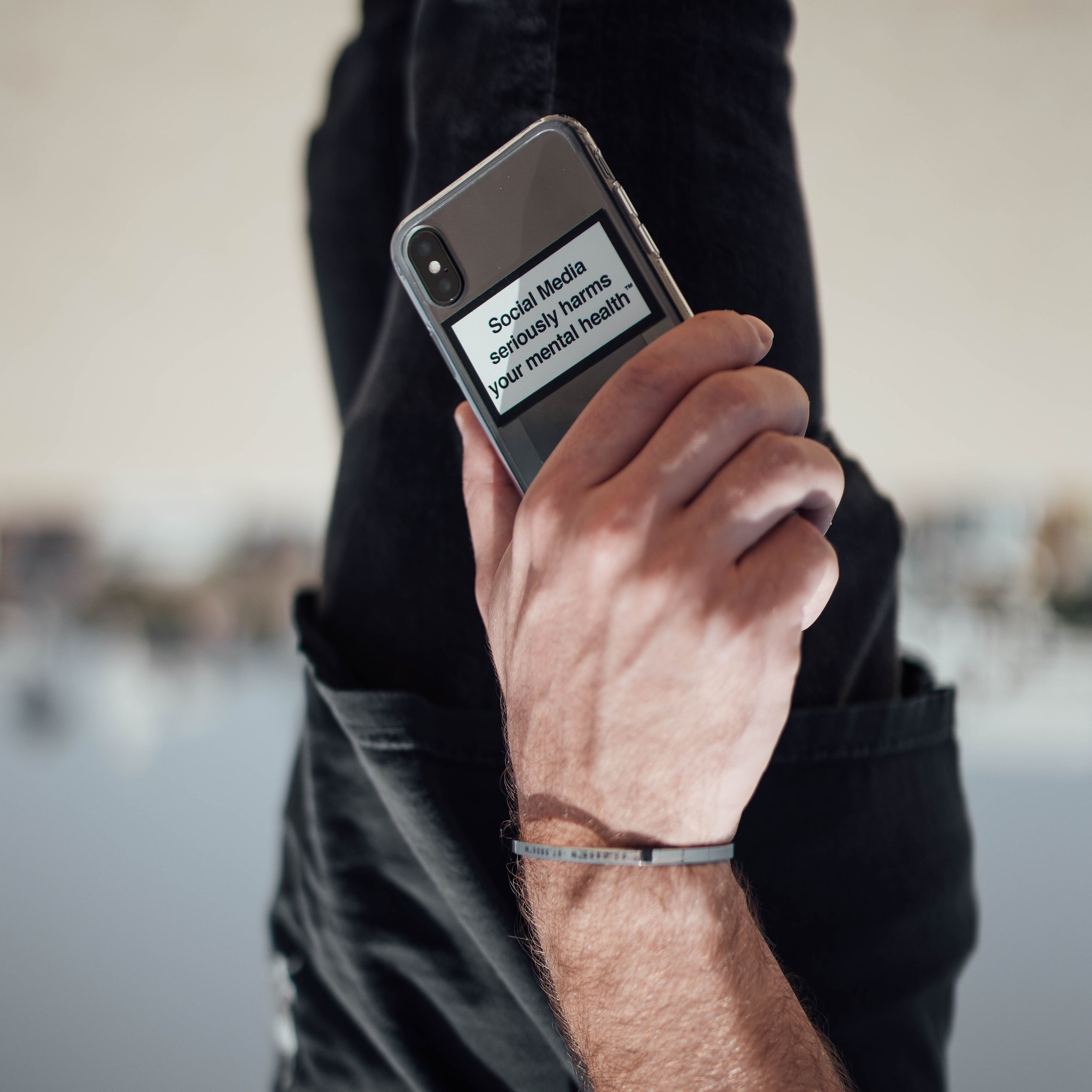Social media: an echo chamber threatening mental health
INTRODUCTION
This article is part of the Mental Health Series under SDG -3 of the United Nations. Target 3.4 is “By 2030, reduce by one third premature mortality from non-communicable diseases by one third through prevention and treatment, and promote mental health and well-being.” One aspect of preventative measures is considering how our social environment contributes to mental health problems. One of the biggest contributors here is social media. This article discusses just how social media is impacting mental health to highlight the need for change.
It seems that over the last few years, the subject of social media’s impact on our mental health has been exhausted. But despite how much of the dark side of our online world has been revealed, people continue to stay hooked on their phones.
And who can blame us? Algorithms suck us in and feed into our insecurities, then offer us a passive form of mindless entertainment to escape the very problems they exacerbate.
There are many ways that social media can adversely affect mental health, but they can be categorised into three groups: body image, lifestyle, and addictiveness.
Body image
By now, it is no secret that social media has massively contributed to body image distortion and even disordered eating in consumers. This has always been an issue, but the sheer volume of content we consume on social media specifically means it has a very strong impact. In 2021, a former Facebook employee leaked information that the company’s own internal research found evidence that Instagram was significantly contributing to eating disorders in young teen girls, especially. With the rise of TikTok, reels, and shorts, this issue has become even more prevalent. With new trends constantly cycling, people are bombarded with new trends that test if they have attractive faces, bodies and highlight all manner of micro-insecurities. It points out flaws that many never even knew they had.
Another element to this changing landscape of media is that talk of cosmetic procedures has become more normalised. On the one hand, this does open up a more transparent discussion between audiences and content creators about how they only achieved a certain beauty standard by cosmetic surgery. This might remove some of the burden on consumers to turn to extreme diets. But the reality is that the line between transparency and encouraging these procedures is very fine. It seems content has flipped from secretly getting these procedures to actively promoting them to impressionable people.
Lifestyle
The way social media influences our mental state is not just limited to our physical attributes. Another element of this is the unrealistic lifestyles it actively promotes. Posts will often only showcase small snippets of a day, displaying the most beautiful and glamorous aspects of a productive and busy routine. In reality, these lifestyles are more often than not unattainable for viewers. Many creators are self-employed and have the time to wake up early, go to the gym, and cook nutritious meals. But for many working people, it simply isn’t possible to fit all this into their day, nor do they have the financial means to achieve it. So instead, they watch such content and feel unaccomplished in comparison, leading to bouts of depression or even taking on an overburdensome workload to feel ‘productive.’
Addictiveness
So if social media makes people feel this way, why do we continue to be so reliant on it? In part, it is because of the algorithms that are increasingly able to pinpoint an individual’s exact areas of interest. But another aspect to the addictiveness of social media is how it provides a passive form of escape. In some cases, that can be a good thing. If you are in a bad headspace, sometimes a welcome distraction without involving too much effort can be helpful to let the effects of negative mental health subside. It can also be a good way to combat isolation, as you can form parasocial relationships with content creators and perhaps find a sense of comfort. But the issue is that because social media is so passive, it can feel easier to keep scrolling to find content that keeps your mind occupied rather than providing something fulfilling. And when combined with harmful messaging, it creates a sort of vicious cycle. People consume content that fuels their negative self-perception and then feel powerless to change it. To combat these feelings, they once again turn to social media to passively try to keep their minds off of them, and in turn, the feelings are worsened with such consumption.
What can be done?
The obvious answer might be to remove these apps and avoid social media. And for some, that might be a simple fix. But the reality is more complicated. As much as these platforms can cause harm, they also provide an invaluable way to connect with others and learn. It isn’t about removing social media but rather adapting our relationship with it. For one thing, the people behind these platforms need to take steps to prevent their algorithms from feeding into people’s mental struggles, especially if it is a known issue. There is no guarantee that such change will substantially improve mental health in young people, but it can lessen the echo chambers that worsen an already detrimental issue.
By Nargis Babar


